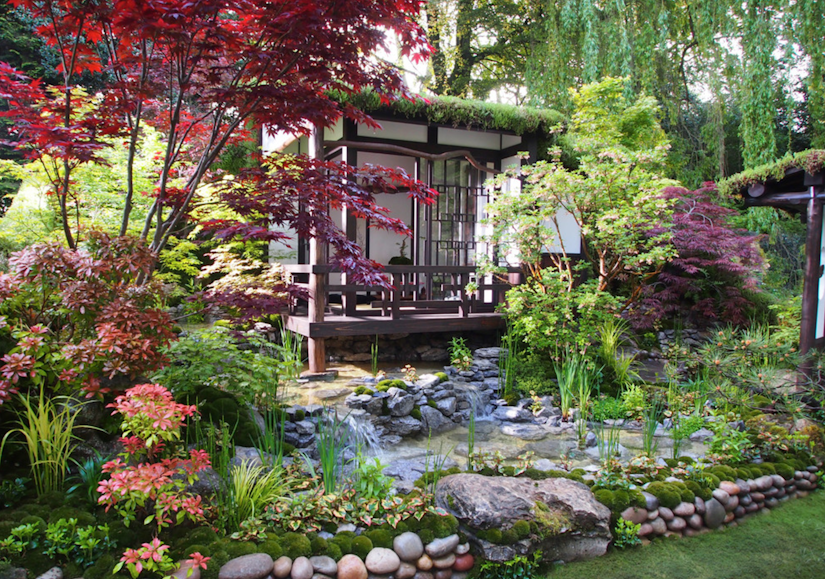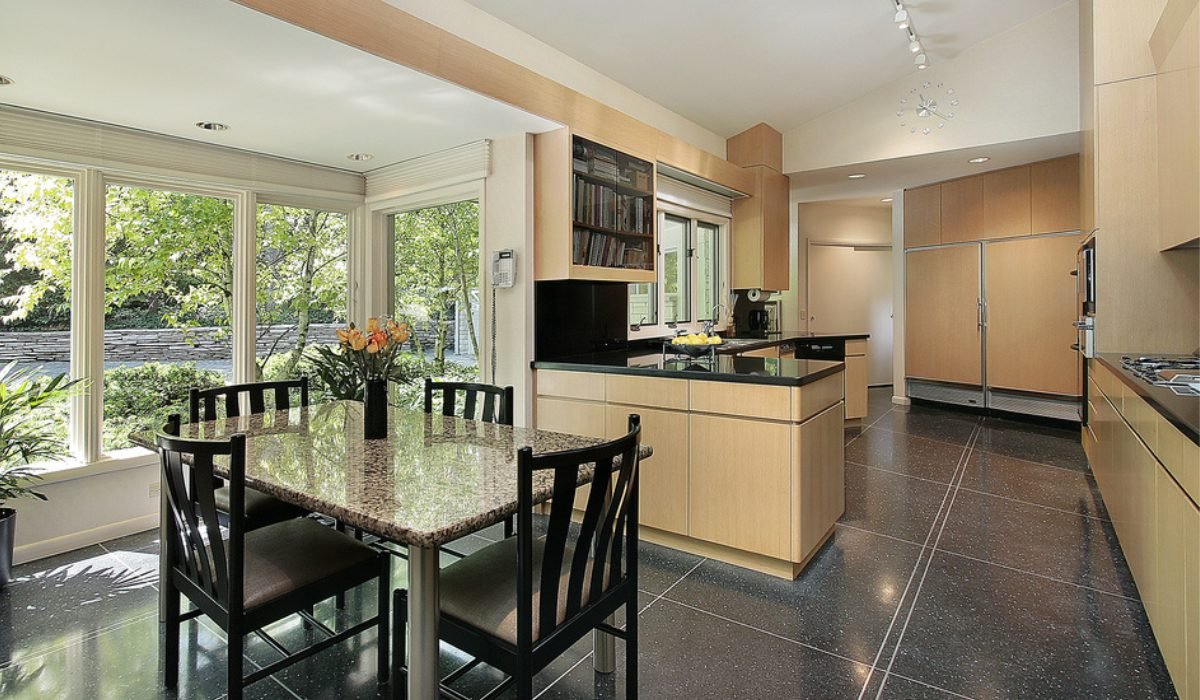Table Of Content

It’s one of the strongest plants in the world and can be bent to fit the kind of structure you want to build without sacrificing its integrity. Arched bridges are commonly made of wood and stained colored. Customarily, gardens like these are surrounded by walls to ensure that outside factors will not disturb its balance. To the uninitiated, it may seem empty, but for the Japanese, empty space is a feature in its own right.
Importance of water features
I also suggest to use the automatic fish food feeder in your residential Japanese style garden. Running Bamboo (Phyllostachys spp.) is a bamboo variety that requires careful consideration when incorporating it into a Japanese garden. Unlike clumping bamboo, running bamboo has a more aggressive growth habit and can spread rapidly if not properly contained. This vigorous growth can become invasive, overwhelming other plants and encroaching on surrounding areas. As such, it is important to take proactive measures to control and contain running bamboo within your garden space.
Use Bamboo Fencing for Privacy
Plants and flowers are chosen for their ability to create a calming and soothing atmosphere. Simple color combinations, such as green and white or shades of pink and purple, are often used to create a sense of tranquility and balance. The focus is on creating a garden that feels cohesive and unified in its color scheme. Japanese gardens are known for their serene pebble landscapes, carefully designed to evoke peace and harmony.
Create a stepping stone pathway

One of the Japanese garden design principles is representation. Here, tumbled gray river rocks of uniform size have been carefully arranged in this meandering dry streambed to create the illusion of flowing water. Evergreens and ferns line the stream, softening its "shoreline." One of the easiest ways to introduce Japanese garden ideas into your space is to use large areas of black in your outdoor design. Fast growing, sustainable, tough and durable, bamboo is an unbeatable natural material that simply oozes Japanese style. With so many standout plants, including stately bamboo, fiery acers and exquisite lilies and azaleas, it’s hard to resist introducing some Japanese style into your backyard.
Wonderful Japanese Gardens Ideas and Designs You’ll Love
The sound and sight of water is automatically soothing, which is why water feature ideas are a great addition to Zen gardens. However, don't be tempted by elaborate designs surrounded by vibrant pond plants. Billowing borders in eye-catching colors may be the stalwarts of other garden design ideas, but Zen gardens follow a more simplistic approach.

Create a calming fish pond
Another more simple way to create pockets of interest for your Zen garden ideas is to arrange miniature rockeries alongside your path, lawn, or gravelled space. Pick complementary tones and add a mixture of textures for visual appeal that mirrors the natural environment. Fine gravel or sand is one of the most common features of Zen garden ideas, often selected in pale hues.
19 Easy-Care Shrubs to Use as Hedge Plants for Outdoor Privacy - Better Homes & Gardens
19 Easy-Care Shrubs to Use as Hedge Plants for Outdoor Privacy.
Posted: Fri, 12 Jan 2024 08:00:00 GMT [source]
Stones and sand together are a crucial part of Japanese gardens. Stones represent islands while sand is symbolic of the ocean. It flowers every spring and makes beautiful flowers in all shades of pink. So you can use them to create a scenic display covering your entire home landscape.
Adding personal touches
Japanese gardens aren’t big on plants, but growing some in your garden can add a lovely contrast to the subdued hues of the rocks and gravel. Small trees, moss, shrubs, and bamboo plants are great additions to Japanese gardens. Drawing from Buddhist, Shinto, and Taoist philosophies, Japanese garden design principles strive to inspire peaceful contemplation. They often combine the essential elements of water, plants, and rocks with simple, clean lines to create a tranquil retreat. You can borrow inspiration from these Japanese garden aesthetics to bring a meditative quality to your landscape.
If you have limited space, a stone trough left to develop lichen and moss, or a simple rusted metal water bowl may be all the water you need. If you want to turn it into a simple water feature, place a pump inside (available from any garden centre) so the water can trickle down into the trough. A backdrop of evergreens creates a calm atmosphere year-round. Skimmia, hebes, Japanese holly (Ilex crenata), yew and Pittosporum tenuifolium 'Golf Ball' are all ideal candidates and can be clipped neatly to create strong shapes. Niwaki hand tools are so beautiful that you’ll be searching for something to clip the minute you unwrap them. Cloud-pruned trees, show poodles in tree form, are showstoppers that take many years to train and are expensive as a result.
Tsuboniwa gardens are small, compact gardens that are often found in the inner courtyards of traditional Japanese houses. These gardens are designed to be viewed from inside the house and often feature miniature landscapes and carefully pruned trees and shrubs. Tsuboniwa gardens are created to provide a sense of tranquility and beauty in a small space.
Notice the small imperfections on the rock features and shrubs. The Japanese believe these add depth to the aesthetics of the garden, and we do too. When it comes to planting, include lots of evergreens, but ensure your mix of greens is subtle and interesting, and includes different textures.
These Pagodas are so great because they work really well as both supplementary features and as a centerpiece. The key, as always, is to create something that feels natural. This type of house or cabin is common in many Japanese households.
Complement this with stone lanterns, bamboo, or a meditation area to create a harmonious Zen backyard. Japanese gardens are all about imitating and ‘condensing nature’ says Simon. This can be done with planting and rocks, for example, to symbolise natural elements such as mountains and streams. Prominent to the Japanese garden style is the element of “Wabi-Sabi”. In Japanese aesthetics, this basically means the acceptance of imperfections, a running theme in these garden design ideas. Though naturally asymmetric and dry rock gardens are often the best choice for your home and backyard, what matters is your ingenuity in combining classic design ideas.
The delicate and intricate leaf shapes further add to its allure, featuring lobed, serrated, or dissected forms, creating a mesmerizing texture in the garden. It’s the perfect decoration for a themed garden and brings the added benefit of tinkling musical chimes to contemplate as you cross bridges and sip tea. The bamboo frame is in keeping and the shape is reminiscent of a Japanese arch. Wind chimes are one of these simplest elements to add to a Japanese inspired garden.
She's been an allotment keeper, a professional gardener, and a botanical illustrator – plants are her passion. In other words, don’t cram every rock you can find in a jumbled heap of a rainbow of colours – instead, pick carefully, and think what each stone could represent. An upturned, vertical stone could symbolise a mountain, for example. A smaller, smoother one in front, surrounded by fine gravel, could represent clouds. Rhododendron – azalea’s big sister – can be seen in larger gardens, as can hydrangeas with their showy heads full of blooms. Ornamental grasses are another good addition – try Ophiopogon planiscapus 'Nigrescens' for striking purple-black leaves.
Maples have always been revered when considering Japanese garden ideas and in particular Acer palmatum varieties. Grown for their finely etched leaves, elegant shape and gaudy brilliance of their autumn colours, they’re an easy low maintenance choice too. The goal is to create a space where all the elements harmonize and none dominate. Bushes and trees need to be manicured never be shaped into topiaries. This water feature above is known as a Shishi Odoshi, which are traditionally seen in Japanese gardens. Made from bamboo, they create a soothing, periodic noise which, although originally meant to deter deer, can be rather appealing.














